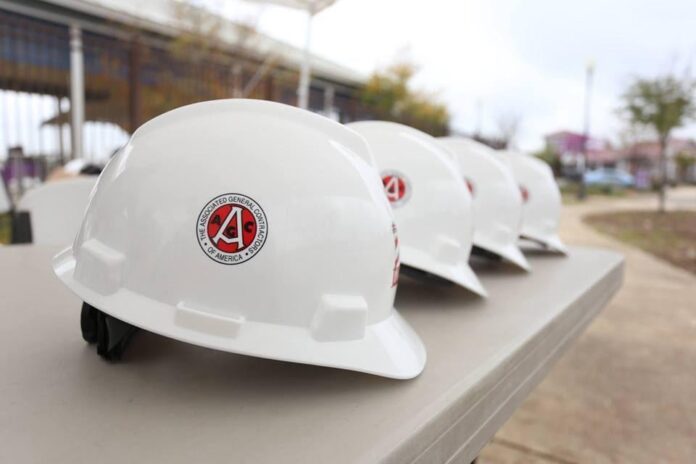Spending on most categories of nonresidential and multifamily construction declined from February to March as contractors struggled to find enough workers and get timely deliveries of materials, according to an analysis the Associated General Contractors (AGC) of America released on May 2 regarding federal spending data. Association leaders urged Washington officials to end tariffs on construction materials and widen the opportunities for gaining the skills for rewarding careers in construction.
“Contractors continue to report strong demand for most types of structures, with few owners canceling or postponing planned projects,” said Ken Simonson, the association’s chief economist. “But worker shortages and supply-chain problems, from lockdowns in China to the war in Ukraine, are slowing project completions.”
Construction spending in March totaled $1.73 trillion at a seasonally adjusted annual rate, 0.1 percent above the upwardly revised February rate and 11.7 percent higher than in March 2021. Private residential construction spending accounted for all of the increase in the latest month, rising 1.0 percent for the month and 18.4 percent from March 2021. In contrast, private nonresidential construction spending slumped 1.2 percent from February, although the March total was 8.5 percent higher than in March 2021. Public construction spending slipped 0.2 percent for the month but increased 1.7 percent from the year-ago level.
Among residential segments, single-family construction added 1.3 percent over the February total and 19.4 percent year-over-year. Multifamily construction fell 0.5 percent in March but rose 3.9 percent from a year earlier. Spending on improvements to existing owner-occupied houses increased 1.1 percent for the month and 22.5 percent year-over-year.
There were notable monthly declines in the largest private nonresidential categories despite generally robust growth from a year earlier. The largest private nonresidential segment, power construction, slipped 1.2 percent for the month to a level 0.3 percent below the March 2021 rate. The next-largest segment, commercial construction, skidded 1.9 percent in March but gained 15.5 percent year-over-year. Manufacturing construction fell 1.6 percent in March but topped the March 2021 rate by 31.8 percent.
The largest public segments also slipped in March. Highway and street construction declined 0.4 percent from February but rose 7.5 percent compared to March 2021. Educational construction tumbled 0.8 percent for the month and 6.2 percent year-over-year. Transportation construction spending slid 0.5 percent in March and 1.2 percent year-over year.
Association officials said solving the materials and labor supply problems will require both short- and long-term action by officials in Washington. They urged President Biden to end tariffs that are restricting supplies and raising prices for lumber, steel, and aluminum products. To improve the labor supply, they called for more funding of career and technical education and recognition of a broader range of apprenticeship programs.
“Now that Congress has funded a substantial increase in infrastructure construction, it is imperative that the supply of materials and workers be increased as well,” said Stephen E. Sandherr, the association’s chief executive officer. “Congress and the administration need to act promptly on several fronts.”


